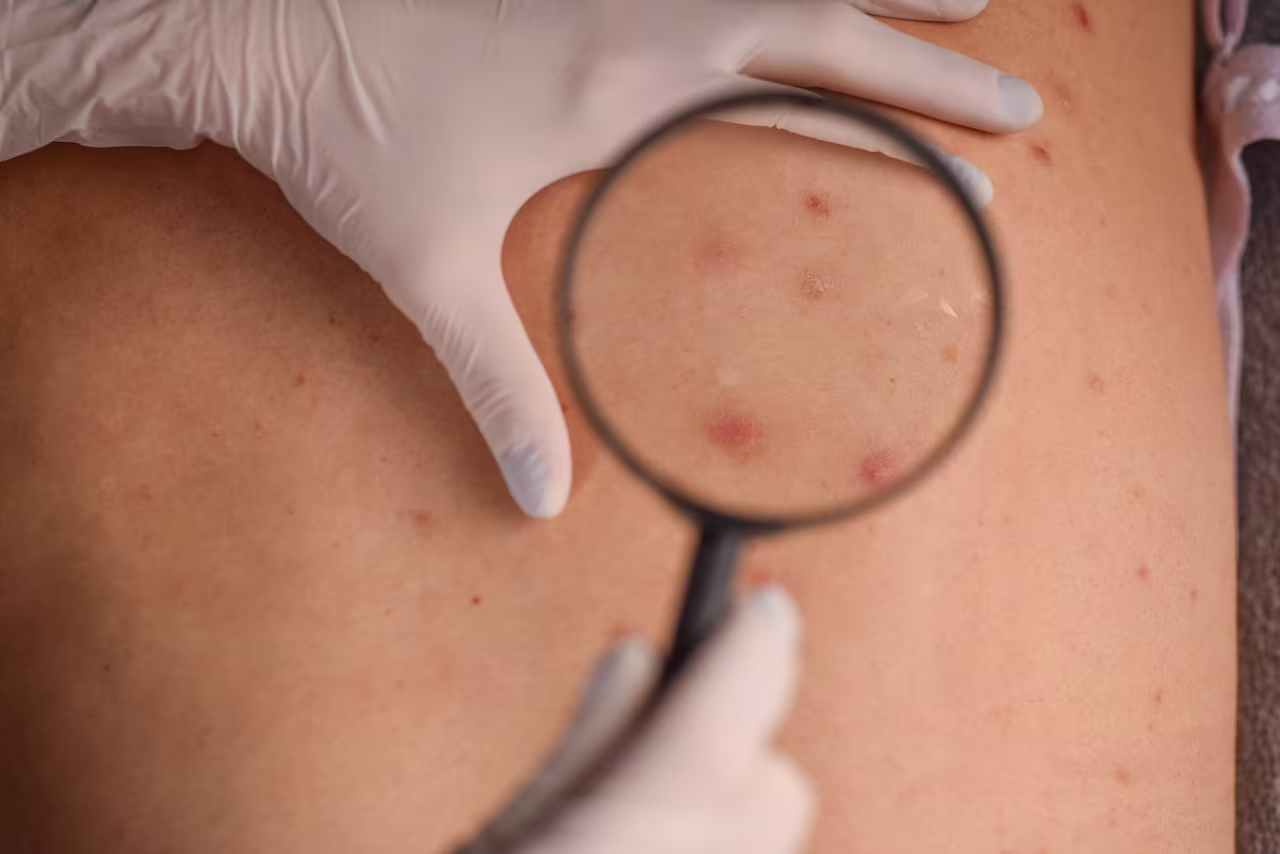Urgent Public Health Alert: High Melanoma Rates Found in Central Pennsylvania
Researchers at the Penn State Cancer Institute have identified a statistically significant cluster of skin cancer cases, specifically melanoma, spanning a 15-county area in Pennsylvania. Analysis of cancer registry data collected over the last five years (approximately 2020–2025) revealed that the incidence rate of melanoma in this region is substantially higher than the average rate across the rest of the state.
This discovery has triggered a major public health initiative aimed at increasing awareness, improving early detection, and launching intensive research efforts to determine the underlying causes of this concentration of cases. While the term “cancer cluster” often suggests a single, identifiable environmental cause, experts stress that the current finding is a statistical anomaly that requires immediate, proactive intervention.

Defining the Scope of the Melanoma Anomaly
The research, spearheaded by epidemiologists and oncologists at the Penn State Cancer Institute, focused on analyzing geographical patterns in cancer diagnoses. Melanoma is the deadliest form of skin cancer, and its elevated presence in this specific region warrants serious attention.
Key Findings on the Cluster:
- Location: The cluster covers a contiguous 15-county stretch of Pennsylvania, primarily concentrated in the central part of the state.
- Cancer Type: The anomaly is specific to melanoma, not all types of skin cancer (like basal cell or squamous cell carcinomas).
- Statistical Significance: The incidence rate in the 15-county area exceeds the expected rate based on state demographics and historical data, confirming a genuine statistical cluster.
- Data Period: The analysis was based on cancer registry data spanning approximately five years leading up to the current year, 2025.
It is crucial to understand that identifying a cancer cluster is the first step in a long process. A statistical cluster means that more cases are occurring in a specific area than would be expected by chance. It does not automatically confirm a direct link to a single environmental contaminant or source.
The Public Health Response and Action Plan
In response to these alarming findings, the Penn State Cancer Institute, in collaboration with state health agencies, has mobilized resources to protect residents and investigate potential factors. The strategy is multi-faceted, focusing on immediate prevention and long-term research.
Components of the Initiative:
- Enhanced Screening Programs: The Institute is working to increase the availability and accessibility of free or low-cost skin cancer screenings throughout the 15 affected counties. Early detection of melanoma drastically improves survival rates.
- Targeted Public Awareness Campaigns: Launching educational campaigns specifically tailored to residents in the cluster area. These efforts will emphasize the importance of sun protection, self-examinations, and understanding the signs of melanoma (the ABCDE method).
- Etiological Research: Initiating deeper epidemiological studies to explore potential contributing factors. Researchers will look into a complex interplay of genetic predispositions, occupational exposures, lifestyle habits, and localized environmental elements.
- Data Monitoring: Continuous, real-time monitoring of new cancer diagnoses within the 15-county region to track trends and measure the effectiveness of intervention strategies.
“Our priority is to translate this statistical finding into actionable public health measures immediately,” stated a spokesperson for the Penn State Cancer Institute. “While we investigate the ‘why’ behind this cluster, we must simultaneously focus on the ‘how’—how we can save lives through early detection and prevention education.”

Understanding Melanoma Risk Factors
For residents in the identified 15-county area, understanding personal risk factors and preventative measures is more important than ever. Melanoma develops when melanocytes (the cells that produce melanin) grow out of control, often triggered by DNA damage from ultraviolet (UV) radiation.
Primary Risk Factors for Melanoma:
- UV Exposure: Excessive exposure to natural sunlight or artificial sources (like tanning beds).
- Fair Skin: Individuals with light skin, blue or green eyes, and red or blonde hair are at higher risk.
- Family History: Having a close relative (parent, sibling, child) who has had melanoma.
- Moles: Having a large number of moles (over 50) or having atypical moles (dysplastic nevi).
- Age: While it can occur at any age, risk increases with age.
Essential Prevention Steps
Health officials urge all residents, particularly those in the affected region, to adopt rigorous sun safety practices:
- Use broad-spectrum sunscreen with an SPF of 30 or higher daily.
- Seek shade, especially during peak sun hours (10 a.m. to 4 p.m.).
- Wear protective clothing, including wide-brimmed hats and UV-blocking sunglasses.
- Avoid tanning beds entirely.
Key Takeaways for Residents in the Affected Area
This finding is a call to action, not a cause for panic. The most effective response is proactive health management. If you live in the identified 15-county area, here are the essential steps you should take now:
- Schedule a Screening: Contact your primary care physician or a dermatologist immediately to schedule a comprehensive skin examination.
- Perform Self-Checks: Regularly examine your skin for new or changing moles, using the ABCDE method (Asymmetry, Border irregularity, Color variation, Diameter greater than 6mm, Evolving/changing).
- Stay Informed: Pay attention to local public health announcements regarding free screening events and educational workshops organized by the Penn State Cancer Institute.
- Review Family History: Be prepared to discuss any family history of melanoma or other cancers with your healthcare provider.

What’s Next: Focused Investigation
The long-term goal of the Penn State Cancer Institute is to move beyond the statistical identification of the cluster and pinpoint the specific factors driving the elevated rates. This investigation will involve detailed spatial analysis and potentially environmental testing, focusing on localized industrial or agricultural exposures that might interact with known genetic or behavioral risks.
Researchers emphasize that the complexity of cancer means the cause may not be singular. It could be a unique combination of factors—such as a specific genetic profile common in the area combined with higher-than-average recreational UV exposure or a localized environmental trigger.
Until definitive causes are established, the focus remains squarely on prevention and early detection, ensuring that every resident in the 15-county cluster has access to the resources needed to protect their health.
Original author: Claudia Dimuro | cdimuro@pennlive.com
Originally published: November 22, 2025
Editorial note: Our team reviewed and enhanced this coverage with AI-assisted tools and human editing to add helpful context while preserving verified facts and quotations from the original source.
We encourage you to consult the publisher above for the complete report and to reach out if you spot inaccuracies or compliance concerns.

